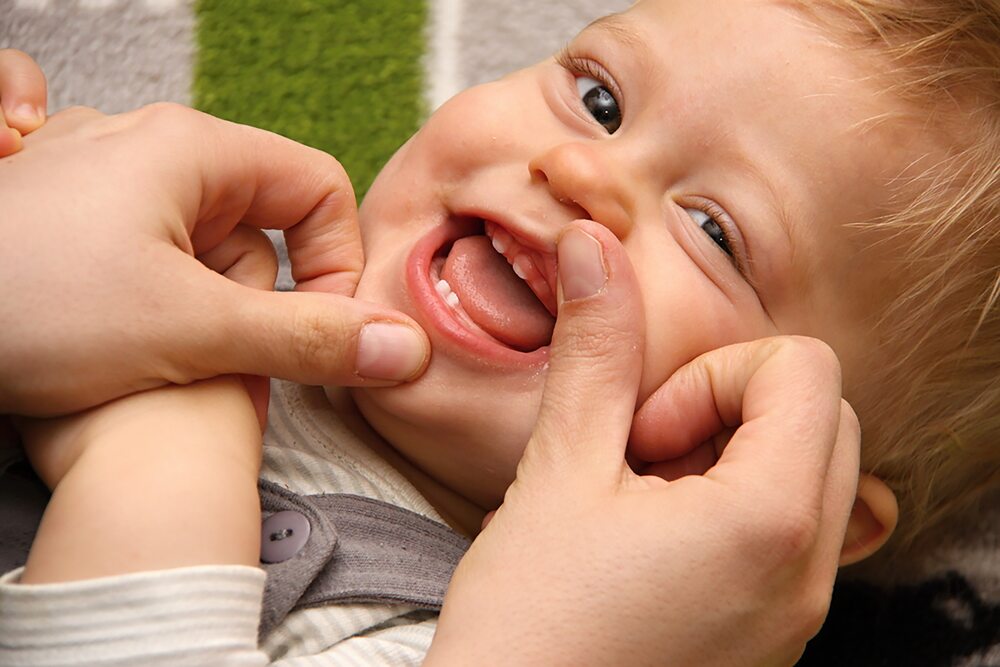
Introduction
Many parents are surprised when a provider recommends a feeding evaluation before doing a tongue or lip tie release. It might seem like the release should come first, but the real key is understanding how your child’s mouth is functioning.
A functional feeding evaluation helps figure out if a tongue or lip tie is really causing feeding issues. It also makes sure your child is ready for the best results before and after a release. Instead of only looking at the mouth, the evaluation takes the whole body into account—like posture, muscle strength, and coordination—that can also affect feeding, breastfeeding, or oral motor skills.
The Big Picture
Sometimes what’s happening in the mouth is just one piece of a bigger puzzle. Tension, body tightness, or movement challenges can show up as oral symptoms—like a shallow latch, trouble chewing, or gagging on solids. The tongue is part of the body, not separate from it, so a frenulum alone doesn’t tell the whole story when it comes to feeding difficulties.
What Happens When Therapy is Overlooked
When therapy is skipped, children may continue to face challenges that don’t seem directly related to the mouth at first. Things like poor balance, weak core strength or slouched posture, unusual crawling patterns, difficulty crossing midline, or even a head tilt (torticollis) can all be connected to oral function, tongue mobility, and overall development. Without addressing these areas, families may still notice ongoing feeding or speech difficulties even after a tongue tie release.

Why Feeding Therapy Looks Beyond the Mouth
Feeding therapy is more than just practicing chewing and swallowing. A comprehensive feeding evaluation takes a broader look at the systems that support eating and oral function, including:
✔ Sensory processing – how your child responds to textures, tastes, and smells during meals
✔ Primitive reflexes – ensuring reflexes are integrated to support readiness for solid foods
✔ Oral motor skills – including lip seal, tongue movement, chewing, and swallowing coordination
Parent-friendly example:
“If your child can’t process how food feels in their mouth, no amount of practice will make broccoli easier until the sensory piece is addressed.” By looking at sensory processing, reflex integration, and oral motor skills, feeding therapy helps set your child up for success—whether or not a tongue or lip tie release is needed.
Whole Body Approach at The Mouth Rehab
At The Mouth Rehab, we take a whole-body approach to feeding therapy. Our comprehensive assessment looks at:
✔ Posture and alignment
✔ Facial and oral restrictions, including tongue and lip ties
✔ Sensory processing
✔ Nervous system regulation
✔ Whole-body movement and coordination
We collaborate with pediatric feeding therapists, myofunctional therapists, and other specialists to provide personalized care that supports your child’s long-term progress.
The Goal of a Functional Feeding Evaluation
A feeding evaluation helps identify the root cause of your child’s feeding challenges. It guides whether a frenectomy (tongue tie release), feeding therapy, or a combination of both is the best next step.
Our focus is always on the bigger picture: supporting your child’s feeding skills, speech development, and overall growth, not just helping them get through mealtimes.
When to Consider an Evaluation
You may want to schedule a functional feeding evaluation if your child is experiencing:
✔ Struggles with breastfeeding or bottle feeding
✔ Difficulty transitioning to solids
✔ Frequent open-mouth breathing or noisy sleep
✔ A history of tongue tie or lip tie diagnosis
👉If you’re nodding yes, a functional feeding evaluation could be the next step to help your child thrive.
Conclusion
Choosing a feeding evaluation first is not about delaying care—it’s about making sure your child gets the right care. Feeding therapy looks at the whole child, not just the frenulum.
“If you’re considering a lip or tongue tie release, don’t skip the step that ensures lasting results.”
📩 Contact The Mouth Rehab to book a functional feeding and airway evaluation today.
Let’s make mealtimes less messy and more enjoyable.


